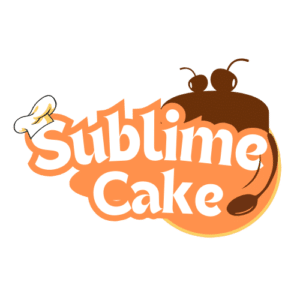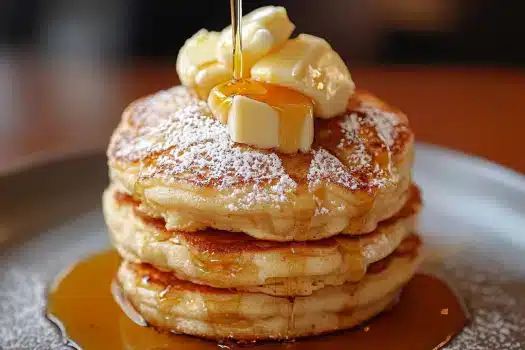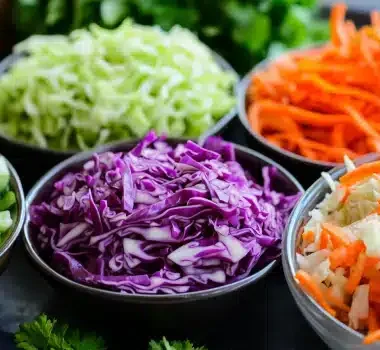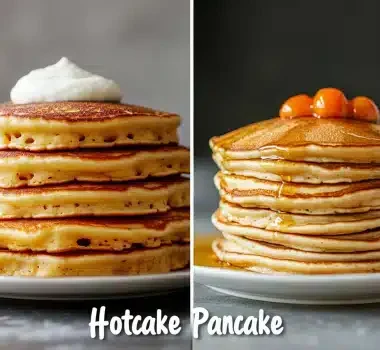The aroma of freshly cooked hotcakes on a lazy weekend morning is a quintessential comfort. But have you ever wondered how to create those perfectly fluffy, golden discs of deliciousness at home? While store-bought mixes offer convenience, mastering a hotcake mix recipe from scratch is easier than you might think, offering both control over ingredients and the satisfaction of a truly homemade treat. This comprehensive guide will take you through every step of the process, from understanding the basic components of a great hotcake mix to troubleshooting common cooking issues. So, get ready to embark on a journey that will transform your breakfast and brunch experiences, ensuring each pancake you make is an absolute delight.
Understanding the Basics of a Great Hotcake Mix Recipe
So, what exactly makes a hotcake mix recipe great? It all boils down to a careful balance of ingredients and a basic understanding of how they work together. A superior pancake mix isn’t just about convenience; it’s about the delightful symphony of textures and flavors that come together when you cook that batter on a hot griddle. It’s the difference between a dense, flat disc and a light, fluffy cloud that melts in your mouth. The foundation of every good hotcake mix is a harmonious blend of dry ingredients. Let’s dive in, shall we?
First, we have flour, the backbone of our hotcakes. The type of flour you choose can significantly impact the final texture. All-purpose flour is a classic choice for its versatility, however, for a lighter feel, you could opt for cake flour. Leavening agents are another pivotal element in the mix: baking powder, or a combination of both, are what make the hotcakes rise and become fluffy. They work by releasing gases when exposed to moisture and heat. Sugar is a key ingredient, not just for sweetness but also to help the pancakes to brown properly. Salt may be a small ingredient, but it plays an essential part in enhancing the other flavors. Milk powder, often an optional addition to hotcake mix, will help to add richness and tenderness to the final product. When these elements come together, you get a powder that is a base for amazing pancakes.
The magic of fluffy pancakes lies in the science of air incorporation and gluten development. Gluten is a protein present in flour that gives the pancakes structure. Too much mixing can cause the gluten to develop too much resulting in a dense, tough hotcake. Understanding this is key to avoiding common mistakes. That is why using a good quality of hotcake mix recipe can be transformative. Therefore, when using a hotcake mix, avoid overmixing the batter because it is the key to achieving those beautiful, soft, and light hotcakes we all crave for.
The Homemade Hotcake Mix Method: A Step-by-Step Guide
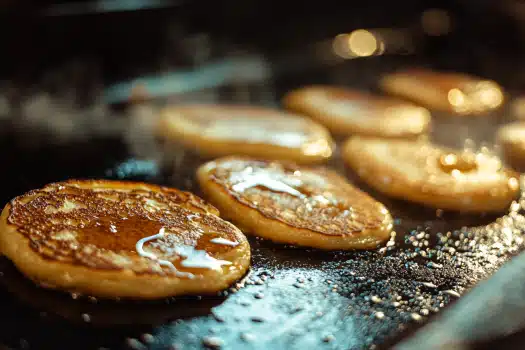
Making your own homemade hotcake mix is simpler than you think! First, gather all your dry ingredients: you’ll need flour (all-purpose or cake flour), baking powder or baking soda, sugar, and salt. For a richer flavour, consider adding a pinch of dry milk powder. Proper measurement techniques are key, so use measuring cups and spoons for accuracy. Next, sifting is highly recommended to ensure that your mix is free of lumps, and it will make your hotcakes lighter. In a large bowl, combine all the dry ingredients, whisking everything together until the mixture is uniformly blended.
Once mixed, store your DIY hotcake mix in an airtight container. A cool, dry place is best to ensure it lasts longer. A homemade mix typically lasts for a few months if stored correctly. To maintain its freshness, always check for any changes in smell or texture before using. You might be asking yourself “why should I make a pancake mix from scratch?” well, it is a great way to control the ingredients. Also, it is a perfect option for people with special diets. Not to mention the amazing taste of fresh made pancakes using your own mix!
Turning Mix into Magic: Wet Ingredients and Batter Preparation
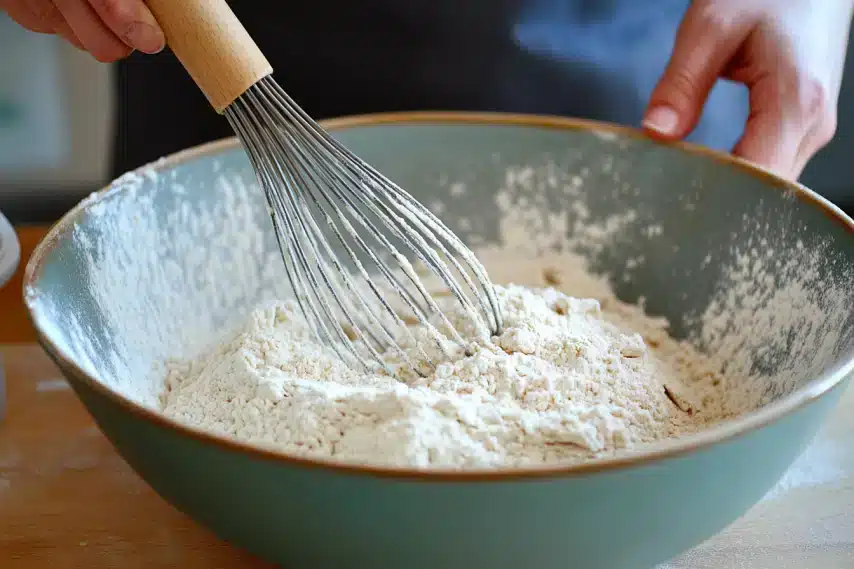
Now that you have your hotcake mix ready, let’s move on to transforming it into a delicious batter. The wet ingredients are as important as the dry ones: you’ll need milk (dairy or plant-based), eggs (or a substitute), and a touch of melted butter or oil. Each of these ingredients plays a key role. Milk adds moisture, eggs contribute to richness and structure, while melted butter helps with tenderness. For those seeking extra flavour, buttermilk makes an excellent alternative to regular milk, adding a pleasant tangy taste.
When combining the dry and wet ingredients, use a light hand. Start by whisking the wet ingredients together, then add them to the dry ingredients. Stir gently until just combined. Avoid overmixing, as this develops the gluten, leading to tough pancakes. The batter should be slightly lumpy. Letting the batter rest for 5-10 minutes before cooking is crucial; this allows the gluten to relax, which results in fluffier hotcakes. If the batter appears too thick, add a tablespoon of milk at a time, until you achieve the desired consistency.
Cooking Your Hotcakes: Griddle Techniques and Tips
Now, it’s cooking time! Using the right pan is important. A non-stick griddle or skillet is perfect for making hotcakes. Temperature control is crucial for even cooking, so make sure the pan is preheated over medium heat, this will help achieve that beautiful golden-brown color. You should be able to see some bubbles forming on the surface when it is ready to be flipped.
Use a ladle to pour a consistent amount of batter onto the preheated griddle. Wait for the bottom to cook before flipping; the edges will look set, and small bubbles will start forming on top. Gently flip using a spatula and cook for another couple of minutes, until the hotcake is golden brown. Cooking time varies depending on your stovetop, so watch them carefully. For multiple batches, you can keep the cooked hotcakes warm in a preheated oven, set at low temperature.
Variations on the Classic Hotcake Mix Recipe: Adding Your Personal Touch
Don’t be afraid to experiment with your hotcake mix recipe! Adding a touch of vanilla extract or other flavorings to the batter can enhance the taste. Spices like cinnamon or nutmeg will give it a warm flavour. If you’re up for something more extravagant, toss in some chocolate chips, fresh berries, chopped nuts, or fruit pieces, to customize your hotcakes. The best thing about a hotcake mix recipe is that you can play with flavours.
There are several gluten-free hotcake mix options available or you can use a blend of gluten-free flour to create your own. It is not difficult to make vegan pancakes either. Simply swap out eggs for substitutes like flax eggs, and use a non-dairy milk, which will make your mix perfect for those with dietary restrictions. To find inspiration, explore more useful cooking tips at The Kitchn. This is where your creativity gets a chance to shine. The basic recipe is the perfect canvas for your imagination.
Troubleshooting Common Hotcake Issues
If you have made pancakes before, you might have noticed that they don’t always turn out perfectly. One common issue is flat hotcakes. Often this is due to a mix that is too runny or batter that has been overmixed or the leavening agent is no longer fresh. If your pancakes are tough or chewy, it’s likely the batter was overmixed, or the ratio of wet and dry ingredients are not balanced. Always remember, gently mixing will produce light and fluffy results. Burnt pancakes are a result of excessive heat. It’s recommended to reduce the heat and keep the cooking time in check.
Unevenly cooked pancakes occur when the heat is not distributed properly, so make sure you let the pan heat evenly before you pour the batter. To prevent sticking, use a nonstick pan, and ensure to lightly grease the pan. If you find yourself making these mistakes, do not worry, with the right technique, it becomes easy to achieve that golden-brown hotcake with perfect texture.
Exploring Flour Types in Your Hotcake Mix
While all-purpose flour is the most common choice for hotcake mixes, other types of flour can significantly impact the texture and flavor of your pancakes. Cake flour, with its lower protein content, creates incredibly tender and light hotcakes. Whole wheat flour, on the other hand, adds a nutty flavor and more fiber, creating a more wholesome pancake. Experimenting with different flour blends can allow you to create a mix that perfectly suits your taste. For example, a blend of all-purpose and cake flour can give you both lightness and structure. Remember that the amount of liquid needed might need adjustments due to the varying levels of absorption of the different flours.
The Role of Leavening Agents: Baking Powder vs. Baking Soda
The magic behind a fluffy hotcake lies in the leavening agents. Baking powder is a complete leavening agent, meaning it contains both an acid and a base and reacts when liquid is added, creating the rise in pancakes. Baking soda requires an acidic ingredient (like buttermilk) to activate. Understanding when to use each, or how to combine them, is key for achieving the texture you want. Baking powder is often used in hotcake mix recipes that don’t have acidic ingredients, while baking soda is useful for recipes with ingredients like yogurt or lemon juice. Using too much of either will result in a bitter taste, and using too little will result in a dense texture. So, balance is key.
Sweeteners and Flavor Enhancers: Beyond White Sugar
While granulated sugar is the standard sweetener for most hotcake mixes, there’s room to experiment with other options. Brown sugar brings a caramel-like flavor and extra moisture, while honey adds a unique sweetness. You can also explore sugar substitutes, like stevia or erythritol. For flavor enhancers, consider using vanilla extract, almond extract, or even a bit of citrus zest for a hint of brightness. The goal is to add depth and complexity, so that each hotcake is a flavorful delight. Adding a touch of cinnamon, nutmeg, or cardamom can also add warmth and comfort to your mix.
Advanced Techniques for the Perfect Hotcake
Mastering the Art of Batter Consistency
The consistency of your hotcake batter is crucial for the final texture. It should be thick enough to hold its shape, but pourable enough to spread easily on the griddle. A batter that is too thick will result in dense, dry pancakes, while a batter that is too thin will produce flat pancakes that won’t hold their shape. The correct consistency should be like a thick cream, or yogurt. If the batter is too thick, add a little milk, if it is too runny, mix in a tablespoon of flour. This will allow you to make any necessary adjustments before cooking.
The Importance of Resting the Batter
Resting your hotcake batter for 5-10 minutes is not just a recommended step – it’s essential. This allows the gluten in the flour to relax, which ensures that your hotcakes are light and airy, instead of tough. It also allows the leavening agents to work their magic. The resting period also allows any bubbles in the batter to rise to the surface, ensuring the proper texture. Don’t be tempted to skip this step, as this makes a big difference.
Achieving the Ideal Griddle Temperature
The temperature of the griddle or pan is a critical factor in cooking perfect hotcakes. A griddle that’s too hot will cause the pancakes to burn on the outside while they are still raw on the inside. A griddle that’s not hot enough will cause the pancakes to stick and not cook evenly. You need a medium heat. To test the temperature, sprinkle a few drops of water onto the surface, if it sizzles it means it’s ready to go. Once you’ve got the temperature right, ensure to maintain it throughout the cooking process.
Serving and Enjoying Your Hotcakes: Beyond the Basics
Serving your hotcakes is not just about putting them on a plate; it’s about creating a delightful experience. A classic serving of hotcakes involves melted butter and maple syrup. This is such a comforting combination. But the fun doesn’t stop there! Why not experiment with different combinations. Use fresh fruit or whipped cream, for added texture. Consider using flavored syrups, or a drizzle of caramel.
Hotcakes are a perfect addition to any brunch buffet. They are delicious on their own but can also be paired with various sweet or savory toppings for a variety of options. If you have leftover pancakes, they are best stored in an airtight container in the fridge, and they are easy to reheat in a toaster or in a pan. When it comes to a homemade mix recipe, the health aspect is also worth mentioning. You can adjust sugar, or add healthy ingredients such as whole wheat flour, or oats to make it more nutritious.
Discover a wide variety of delicious cakes at Sublimecake
FAQs about Hotcake Mix Recipe
What’s the difference between hotcake mix and pancake mix? The terms are often used interchangeably. However, hotcake is generally used to refer to smaller, thicker pancakes, while pancakes can vary in size and texture. Can I use milk alternatives in my hotcake mix recipe? Absolutely. Almond, soy, oat or any other non-dairy milk will work perfectly fine in this recipe. Can I make hotcakes without eggs? Yes. Use substitutes such as mashed banana or flaxseed meal.
How do I make fluffy pancakes from mix? Avoid overmixing the batter, and ensure you use fresh leavening agents. How long does hotcake mix last? Homemade mix lasts for a few months if stored in a cool, dry, place. What are some creative toppings for hotcakes? Berries, chocolate sauce, nuts, flavored syrups, or fruit compotes. Can I freeze leftover pancakes? Yes, just wrap them individually or in stacks, to avoid sticking. Can I make hotcakes without a griddle? Yes, a non-stick pan works just as well. How do I know when the griddle is hot enough for pancakes? It should be hot enough when a drop of water sizzles on contact. Why do my hotcakes stick to the pan? Use a non-stick pan and lightly grease it before pouring the batter.
Conclusion
Creating hotcakes at home, from your own mix, is not just about making a breakfast meal, it’s also about enjoying the whole process. Mastering a simple hotcake mix recipe offers a canvas for countless variations. So, give the recipe in this guide a try, and you will discover that the joy of cooking lies in the small details and the delightful moments you create. Share these delicious hotcakes with your family and friends. And, above all, don’t forget to explore your creativity and have some fun!
